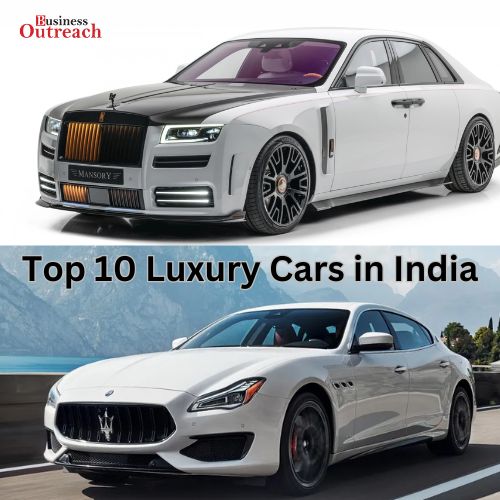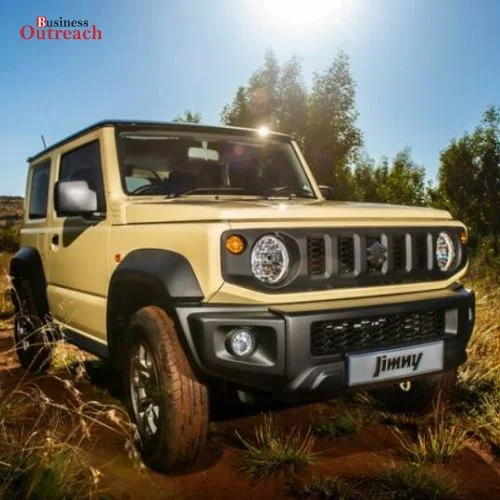The Navratri of 2023 was a watershed moment, with retail sales increasing by 18% year on year, exceeding the statistics of Navratri 2017.
India’s car retail sales fell 8% in October compared to the same month previous year, with two-wheeler (2W) and passenger vehicle (PV) sales down by 13% and 1.4%, respectively. However, the Navratri season (October 15-24) saw record sales for the industry, with an 18% rise.
According to data supplied by the Federation of Automobile Dealers Associations (FADA), overall sales for the month were 2.117 million units, compared to 2.295 million units in October 2022. Three-wheelers (3W) increased by 46%, commercial vehicles increased by 10.3%, and tractors increased by 6.2% during the study period.
“The month began in the shadow of the unlucky Shraddh period, which lasted until October 14.” As a result, a year-on-year comparison may not correctly reflect the real development trajectory in the Indian Auto Retail industry. Furthermore, last October was both Navratri and Diwali season,” stated Manish Raj Singhania, president of FADA. Month on month, vehicle Retails grew, attaining a 13% gain with contributions from all categories. Two-wheelers, three-wheelers, passenger vehicles, tractors, and commercial vehicles increased by 15%, 2%, 7%, 15%, and 10%, respectively, highlighting the sector’s significant growth momentum.
Navratri 2023 was a watershed moment, with retail sales increasing by 18% year on year (Y-O-Y), exceeding Navratri 2017. Except for tractors, which had an 8% fall, other categories experienced impressive increase. Two-wheelers, three-wheelers, commercial vehicles, and passenger vehicles all witnessed rises of 22%, 43%, 9%, and 7%, respectively.
“The 2W category saw several positive trends during the Navratri period and throughout October, buoyed by festive cheer and stronger rural demand.” Improved availability of models, particularly those in high demand from the previous year, as well as improved finance schemes, contributed to a strong market momentum. Elections in states also infused confidence into the market, resulting in more government expenditure and enhanced liquidity,” Singhania added. “Despite a shift in festival dates, with Diwali moving to November, the anticipation of the festive season stimulated purchase intent, and dealers reported good stock preparation and robust ground efforts that led to an uptick in sales figures, showcasing a resilient and adaptive market,” he went on to say.
In the two-wheeler market, key firms such as Hero Motocorp, Honda Motorcycle, and TVS Motor saw their sales fall by 26%, 10%, and 5.4%, respectively, compared to October of the previous fiscal year. Three-wheelers hit a new high of 104,711 in October, up from 102,426 in September, crossing the 100,000 mark for the first time in these two months.
Maruti Suzuki India’s passenger car sales fell by 3%, Hyundai Motor India’s by 2%, and Tata Motors’ by 3% during the period under review. “Festivities, as well as the harvest season (particularly paddy), are expected to boost 2W sales, with optimism fueled by new schemes and a push toward electrification, despite supply concerns.”
CVs predict a solid November, with seasonal and building activity boosting demand, as well as anticipated financial incentives. However, the PV industry is going through a difficult period. “While the holidays may increase bookings, the shadow of year-end discounts looms over immediate sales,” he noted.















